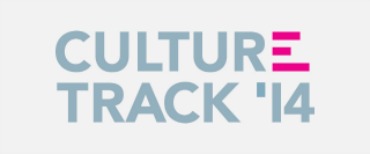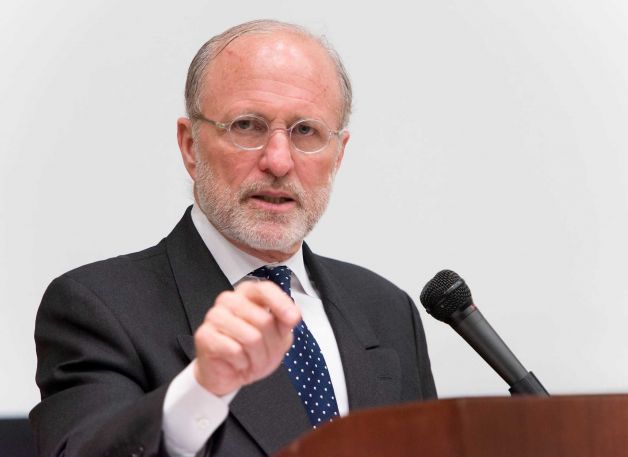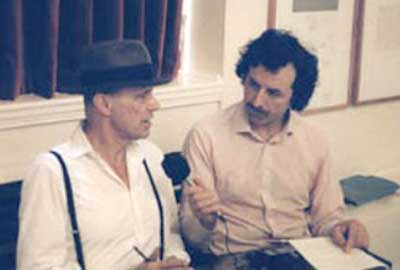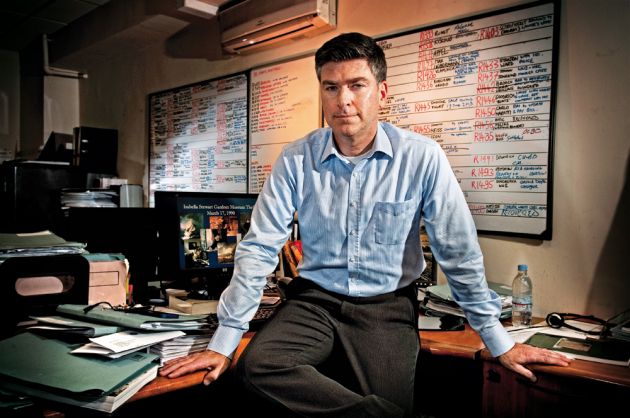Just the other day, I learned that the National Endowment for the Humanities had made a $300,000 grant to the Getty Research Institute to help make available the Knoedler Gallery archive. I’ve written about this archive before — it’s an important one and it’s big. Some finding aids have already been posted online.
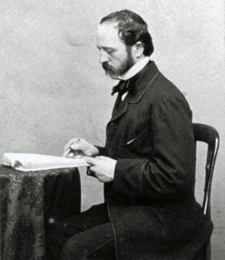 The NEH grant will accelerate the processing of the archive, funding the “arrangement and description, and partial digitization” of the archive’s “1,400 linear feet of records documenting the acquisition and sale of European and American art in the United States between 1848 and 1971.” That work begins this July and is scheduled to conclude in October 2016. And, says the Getty:
The NEH grant will accelerate the processing of the archive, funding the “arrangement and description, and partial digitization” of the archive’s “1,400 linear feet of records documenting the acquisition and sale of European and American art in the United States between 1848 and 1971.” That work begins this July and is scheduled to conclude in October 2016. And, says the Getty:
The highest priorities for digitization are client correspondence, and forty-two volumes of stock books, sales books and commission books, which document artworks bought and sold by Knoedler. The digital collection will be made available in the GRI’s digital repository.
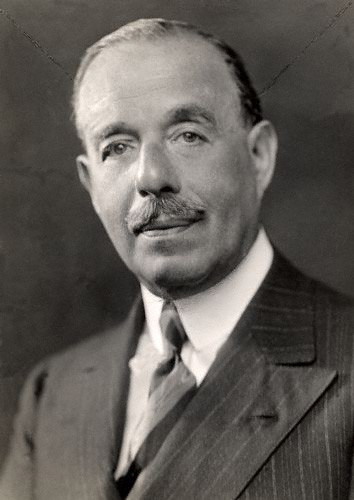 Meantime, I also saw that the  Samuel H. Kress Foundation gave the GRI a $110,000 award for a project titled the “Knoedler Archive Stock Books Database Acceleration.” It started in January and is set for completion in December 2015.
Meantime, I also saw that the  Samuel H. Kress Foundation gave the GRI a $110,000 award for a project titled the “Knoedler Archive Stock Books Database Acceleration.” It started in January and is set for completion in December 2015.The project will transcribe eleven Knoedler stock books, from the period 1872 to 1970, representing approximately 30,000 acquisitions and sales records of paintings into the searchable database.
This two-year database project was originally conceived in conjunction with the collaborative GRI International research project An Art Market for America: Dealers, Collectors, Philanthropy and the Formation of American Museums. Once complete, the Knoedler stock books database will be a principal data source for the collaborative project, and made freely available to the academic community and interested public for new research and scholarship.
Some stockbooks are already online here.
In a separate project, the Duveen Brothers archives are being digitized with support from the Kress Foundation, and some of that material will be available online in June.
These are important documents; now someone needs to offer fellowships to explore them, perhaps with new digital tools.
Photos: Michael Knoedler, courtesy of the Getty (top); Joseph Duveen (bottom)

